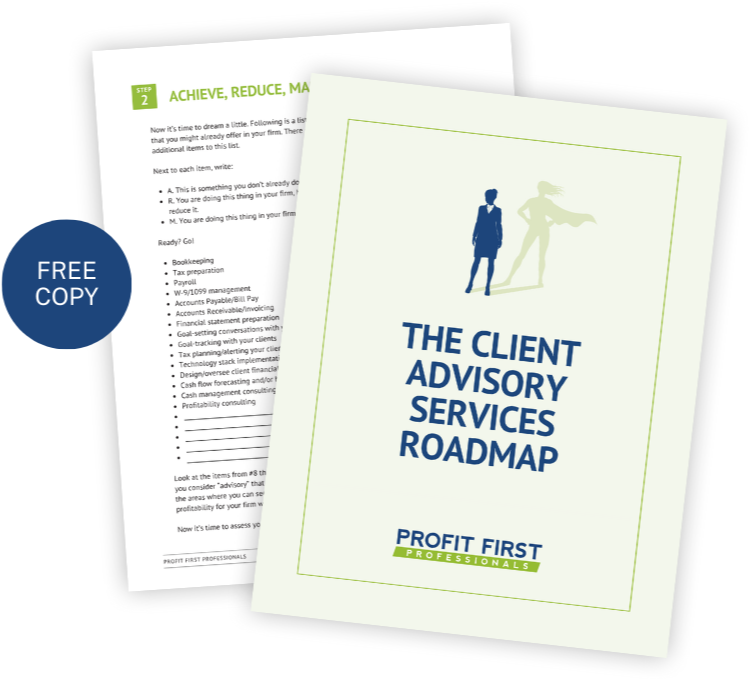clean (someone/something) up
verb
to make a person or place clean and tidy
Growing up in the 70âs and 80âs was a ton of fun. We played outside every day, and we made a mess!!!
I canât recall a day when my mother did not tell me to âclean up that mess!â Yes, with an exclamation mark. Usually said with frustration. Sometimes said with anger. To this day I cringe when I hear the words âclean up.â
I didnât realize that while I was having fun, my mother was working hard.
She was an office manager for a small manufacturing firm. She went to work early and was home by the time school finished. I loved that my mother was home for my brother Justin and me.
At the time, I did not appreciate how hard she was working to keep the house clean, to keep food on the table, and to have dinner ready for my father. What kid does?
My mom didnât like to clean. She did not get joy out of vacuuming, dusting, or folding clothes. But she did it. She did her best, and she did it every day.
I didnât understand that when my brother and I tracked mud into the house, spilled drinks, left food out, didnât wash our dirty plates, left toys and clothes everywhere, etc., that it was a mess my mom was always battling. How frustrating for her!
Youâre insulting your prospects.
To this day when I hear a professional say, âWe need to clean up your books,â I cringe.
As accounting professionals, our professional opinion is that many (most? all?) of the books we take over need to be âcleaned up.â Many times, we take over bookkeeping from a business where the owner did it themselves.
What we fail to understand is how hard that person worked to get their books into the shape theyâre in when we see them for the first time. How hard they worked to get them to the point of running a business and paying taxes.
When the first thing you tell a prospect is that you’ll start by âcleaning up the books,â you are INSULTING them. You’re insulting their hard work. You’re insulting their lack of bookkeeping knowledge. Youâre insulting their business.
WOW!
Ever wonder why a meeting seemed to go well but you still did not get the opportunity to work with the prospect? Maybe you insulted them â or their spouse or another family member â without realizing it.
Youâre insulting your profession.
Now, think about what youâre doing to the profession when you take over the books from a peer and say, âWe need to clean up your books.â
You are insulting the previous professional.
Ever wondered why bookkeepers donât get the respect they deserve? Business 101 is âdo not insult the previous provider.â But our profession does it every day.
No wonder business owners don’t what to pay higher prices! Why would they when every time they switch providers they are told that the previous professional made a mess…and now they have to pay a lot of money to have it âcleaned up.â
mess /mes/
noun
1. a dirty or untidy state of things or of a place:
2. a situation or state of affairs that is confused or full of difficulties:” the economy is still in a terrible mess”
Donât call it a cleanup!
The remedy is simple: Stop calling it a cleanup!
Choose a positive descriptive word instead. I like renovation.
ren¡o¡vate (rÄnâ˛É-vÄtâ˛)
verb
tr.v. ren¡o¡vat¡ed, ren¡o¡vat¡ing, ren¡o¡vates
1. To return to a condition of newness, as by repairing or remodeling.
2. To impart new vigor to; revive.
Whatever word you choose, take a novel approach and complement the demanding work that has been done…even if it is not up to your standards. Which are largely personal vs. technical, by the way.
Stop beating up your predecessor when you evaluate a prospectâs books. All you are doing when you tell the customer they need their books cleaned up is that the previous bookkeeper did a bad job! That the prospect themselves, who selected that bookkeeper, did a bad job. That the owner should have known better, and that they âletâ the books get this way.
How deflating. You can see how the prospect might think, âAm I making the right decision to move to another provider? I know what I have now, but what assurances do I have that this professional is any better than what I currently have?â
The next time you speak to a prospect, try saying, âI have reviewed your books, and they have done a great job getting you to where you are. However, my suggestion is that we renovate them and implement a slightly different structure. One that not only supports you where you are today but also has the flexibility to scale as we work together.â
By simply using a different word to express how youâre going to help the prospect, you are providing a much better EXPERIENCE. That is how you unseat the incumbent.
Regardless of what word you use: renovate, remodel, optimize, etc. just remember this: âcleanupâ is now a dirty word in your firmâs vocabulary.
Ron Saharyan
Co-Founder of Profit First Professionals


















